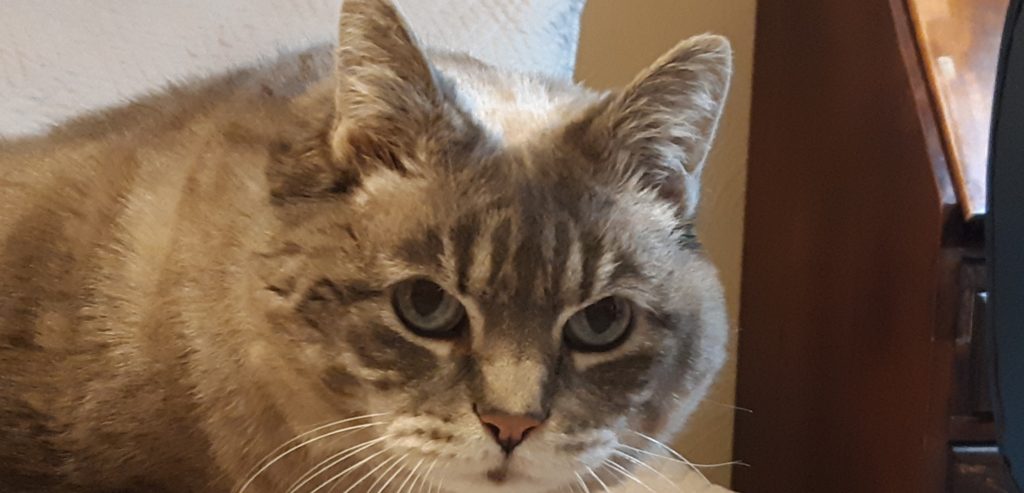
Effective scene writing weaves nearly a dozen elements together to tell the story: everything from a purpose, lots of sensory details and most importantly, a character at a specific time and place. Even when the place setting is spelled out at the opening, readers will need reminders to keep imagining the scene.
Writing Tip for Today: Let’s take a look at writing scenic
reminders.
No-Chunk Descriptions
One of the easiest ways to write a scenic reminder is to avoid chunking descriptions, those paragraphs-long descriptions at a scene’s beginning. It’s tempting to lay out the setting as the scene opens—from the sweeping vista camera shot to the colorful details of the setting. A writer I know claims to love lists to describe a setting, but a long list of objects or other elements will quickly be forgotten by a reader once the action begins.
A better idea might be to start off with a short, pithy list (if you must have a list!), but as the scene gets going, revisit some of the things named. In descriptions, I’m in favor of weaving rather than chunking. One way to do this is by using the Rule of Three. For every three exchanges of dialogue or actions, etc., add a beat of description, reminding readers about where they are in time and space.
Camera Refocusing
Another way to jog readers’ memories in mid-scene is by
refocusing the camera. This technique is especially useful when there are three
or more persons in the scene. Your POV character will interact with one person,
perhaps exclusively. Yet readers will appreciate a brief reminder that there
are others in the scene too.
I like to think of an old Western, at the poker table in the
saloon. Our hero sits with several others as they play cards, but he is likely
to interact with one or two more than the others. Yet in these old oaters, the
camera often zooms out briefly to remind us that we’re in a crowded saloon and
that our hero is sitting with several men around that poker table. An occasional “zoom-out” in your scene will
help remind readers that the scene is taking place in a busy place.
POV Filtering
As you write these brief reminders into your scene, be sure
that every reminder is filtered through your POV character’s mind. What’s our hero’s
attitude toward the other poker players? Does he suspect one is the killer? A cheat?
Instead of merely stating the others are there, let thoughts and emotions be
colored by your protagonist’s feelings.
In the same way, any mention or reminder of a setting object or place should reflect your protagonist’s perspective. Is the old house sentimental to your character? Or perhaps this old house is where your character’s mother was killed! Whatever scenic reminders you write, let them flow through your protagonist’s views, motives, goals and biases. Your readers will not only thank you, they’ll have a much more complete experience.




